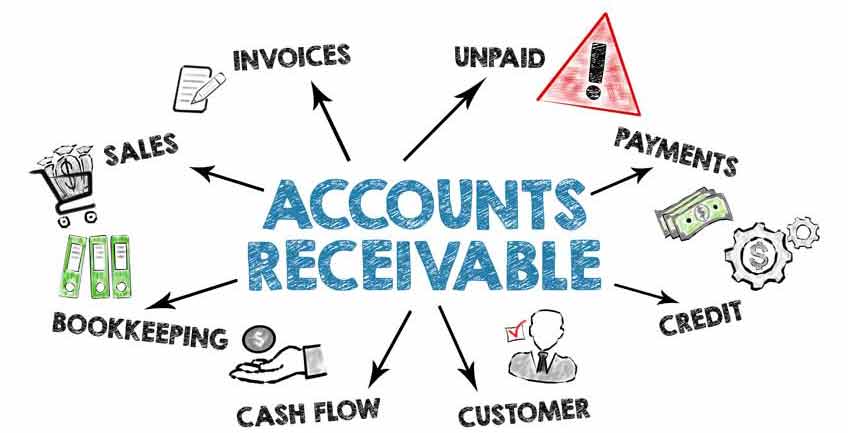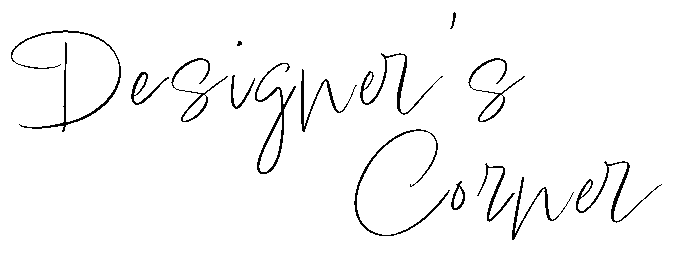
Invoices 101
Surviving Non-Payment with Wit and Wisdom
Waiting for payment feels like waiting for a slow loading webpage - frustrating and seemingly never ending.
Completing a project is a gratifying moment for contractors, interior designers, and service providers, but the satisfaction can quickly sour when faced with non-payment from clients. Unfortunately, this is a common challenge that many in the industry face. In this article, we’ll explore various options for handling final invoices and non-payment, including legal remedies, negotiation tactics, and upfront payment strategies.
Options with Liens:
One powerful tool available to contractors, subcontractors, or designers is the mechanic’s lien. A mechanic’s lien is a legal claim against a property that ensures payment for labor and materials or services provided for the improvement of the property itself. If a client refuses to pay, contractors may file a lien on the property, clouding its title until the debt is satisfied. This option can be a potent motivator for clients to settle their bills promptly.
However, it’s important to note that the process of filing a lien can be complex and varies by jurisdiction. You should familiarize themselves with local lien laws and deadlines to ensure they follow the proper procedures.
Options with Court:
Taking legal action through the court system is another avenue for anyone seeking payment. Small claims court is often a more straightforward and cost-effective option for smaller disputes. In more substantial cases, pursuing a lawsuit in civil court may be necessary.
Before resorting to legal action, it’s advisable to attempt mediation or arbitration, alternative dispute resolution methods that can save time and money compared to a court battle. These processes provide a neutral third party to help facilitate communication and find a resolution.
Options with Negotiation:
Negotiation can be a more amicable route to resolve payment disputes. Open communication and a willingness to compromise can sometimes lead to a mutually beneficial solution. Offering flexible payment plans or discounts in exchange for prompt payment may encourage clients to settle their debts without resorting to legal measures.
Upfront Payment Strategies:
To mitigate the risk of non-payment, some contractors adopt a strategy of billing the majority of the installation cost upfront. This approach ensures that a significant portion of the project fees is received before work commences, reducing the financial impact if a client fails to pay the final invoice.
Holding Furniture Hostage:
In the unpredictable business of interior designer-client relationships, ensuring payment can sometimes feel like navigating a maze of uncertainty. Incorporating strategic clauses into your contract can act as a financial safeguard. One such approach gaining traction is the “Holding Furniture Hostage” strategy, where a substantial portion of the invoice must be settled before the delivery of furniture or project completion.
Imagine this scenario: you’ve completed a project, and the client is eager to have their new furniture delivered. This is where the Holding Furniture Hostage clause comes into play. Incorporated into the contract, it stipulates that a significant portion of the invoice – let’s say 95% or even 100% – must be paid before the designer releases the furniture for delivery.
Transparent communication is vital when introducing this clause. Designers should explain the rationale behind the clause to clients during contract negotiations. Emphasize that it serves as a protective measure for both parties, ensuring a smoother and more reliable payment process.
Benefits of the holding furniture hostage clause:
Dealing with non-payment is a challenging aspect of the design, contracting, and service industry. Whether through legal means, negotiation, or upfront payment strategies, it’s essential to be proactive in protecting their interests. While some clients may prove difficult, maintaining a professional approach and exploring legal avenues when necessary will help ensure fair compensation for services rendered. Remember, clear communication and sound business practices can go a long way in preventing and resolving payment disputes.
XOXO,


 Client-Centered Design
Client-Centered Design